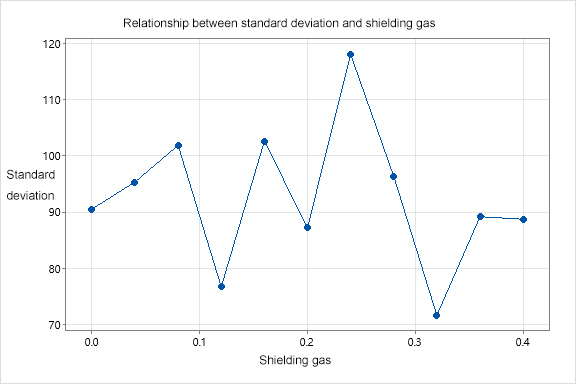Laser welding process parameters - shielding gas 1
Jun 26, 2024First, the definition of shielding gas: Why is shielding gas needed? Because during laser welding, the high-energy heat source of the laser will quickly melt the material and form a keyhole in the molten pool. The metal in the molten state is very active and easily undergoes oxidation reaction with oxygen in the atmosphere. It is very violent. Intuitively, there are a lot of spatters, pores, and welding slag everywhere, just like fireworks. Therefore, the role of shielding gas is to isolate the molten pool from oxygen. The shielding gas gushes around the molten pool to form a flowing inert gas environment, and the molten metal and oxygen are in direct contact.
Another function of laser welding shielding gas is to blow away the plasma (the high-energy laser makes the metal ionize and produce a cloud of mist above the molten pool, which will shield the laser energy from reaching the molten pool directly, and the laser will have a certain loss when passing through the plasma).

There are three main types of shielding gas: N2, Ar, and He. Their physical and chemical properties are different, and therefore the effects on the weld are also different.
Nitrogen N2:
The ionization energy of N2 is moderate, higher than that of Ar and lower than that of He. The degree of ionization under the action of laser is general, which can effectively reduce the formation of plasma cloud, thereby increasing the effective utilization rate of laser. Nitrogen can react chemically with aluminum alloy and carbon steel at a certain temperature to produce nitrides, which will increase the brittleness of the weld and reduce the toughness, and have a greater adverse effect on the mechanical properties of the weld joint. Therefore, it is not recommended to use nitrogen to protect aluminum alloy and carbon steel welds.
The nitride produced by the chemical reaction of nitrogen with stainless steel can increase the strength of the weld joint, which is beneficial to the improvement of the mechanical properties of the weld, so nitrogen can be used as a shielding gas when welding stainless steel.
Argon gas Ar:
Ar has the lowest ionization energy, and the ionization degree is high under the action of laser, which is not conducive to controlling the formation of plasma cloud and will have a certain impact on the effective utilization rate of laser. However, Ar has very low activity and is difficult to react chemically with common metals. Moreover, Ar is not expensive. In addition, Ar has a large density, which is conducive to sinking above the weld pool and can better protect the weld pool. Therefore, it can be used as a conventional shielding gas.
Helium gas He:
He has the highest ionization energy, and the ionization degree is very low under the action of laser. It can well control the formation of plasma cloud. Laser can act well on metal, and He has very low activity and basically does not react chemically with metal. It is a good weld shielding gas, but the cost of He is too high. Generally, mass-produced products will not use this gas. He is generally used for scientific research or products with very high added value.
Como podemos te ajudar?